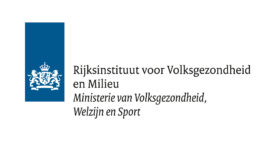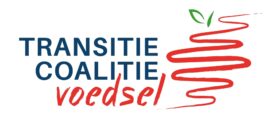One Health (Life Sciences)

Exploring the future: anticipating on potential developments in antimicrobial resistance in the Netherlands by using Foresight methods.
The rise of antimicrobial resistant (AMR) pathogens is a worldwide threat for human health. Despite the relatively low prevalence of resistant pathogens in the Netherlands, rapid developments in healthcare and the high number of individuals traveling around the world forces us to critically anticipate on the future developments in AMR. Since AMR is such a complex problem and developments are difficult to predict, it is essential to anticipate on potential future scenarios. In this challenge, we will do so by using Foresight methods. Foresight consists of research techniques that help to systematically explore the future. An interdisciplinary approach is required to identify so-called ‘critical uncertainties’: the most critical and uncertain future developments. These for example include developments in epidemiological events, technological innovations, policies and public perceptions. After identifying relevant trends and uncertainties, these need to be assessed on impact and probability after which the uncertainties can be translated into scenario’s: hypothetical future events. For such a scenario, the epidemiological, economical and societal impact can be addressed. When all these steps are taken and the impact of a certain scenario is set out, a backcasting method will be applied to determine which actions are required to properly address undesired situations in the near future and on the long term.

Framing the protein transition
The pressure on our food systems, which are already facing significant environmental and health challenges, continues to grow. The way we produce, consume, and distribute food is increasingly coming under scrutiny, as issues such as biodiversity loss, climate change, water pollution, and soil degradation become more urgent. In response to these pressing challenges, a transition to a more sustainable and healthy food system is essential. A key part of this transition is the protein transition—shifting from animal-based proteins to plant-based proteins. This shift can reduce the environmental impact of food production, promote healthier diets, and create a more resilient food system.
The Food Transition Coalition (Transitiecoalitie Voedsel, TcV) is a coalition of Dutch leaders in the fields of agriculture, food, nature, and health. We are working on new solutions for the current agricultural and food system, which is increasingly facing ecological, social, and economic challenges. The protein transition is one of our pillars. Through connecting and challenging various stakeholders in the agriculture and food field, we accelerate the transition towards more plant proteins.
However, the protein transition is a topic that generates a range of opinions, both in favour and against. The way in which the protein transition is framed plays a key role in how it is viewed by politicians, companies, NGOs and other stakeholders. However, aggregated evidence on the framing of the protein transition and its impact on different stakeholders is not yet available. Therefore, TcV invites a group of interdisciplinary students to investigate the framing of the protein transition and how we can use this to accelerate the transition in all stakeholder fields, both more progressive and more conservative.
RQ: How can different ways of framing the protein transition positively influence the views of both progressive and conservative organisations on the protein transition?
As part of this project, it would be interesting to look at existing literature and examples of framing within food systems in general and the protein transition in particular. How can we translate these findings into concrete guidelines for our work at TcV? How can we frame the protein transition so that it resonates more with conservative politics, business, NGOs, knowledge institutions, financial institutions and the media? For example, can we create a blueprint for organizations on how to frame the protein transition in different sectors/angles? The group may decide, for example, to focus on a few themes or stakeholders, to explore in more detail different ways of framing the protein transition to resonate with for example the health sector, agribusiness, right-wing politics, etc.



